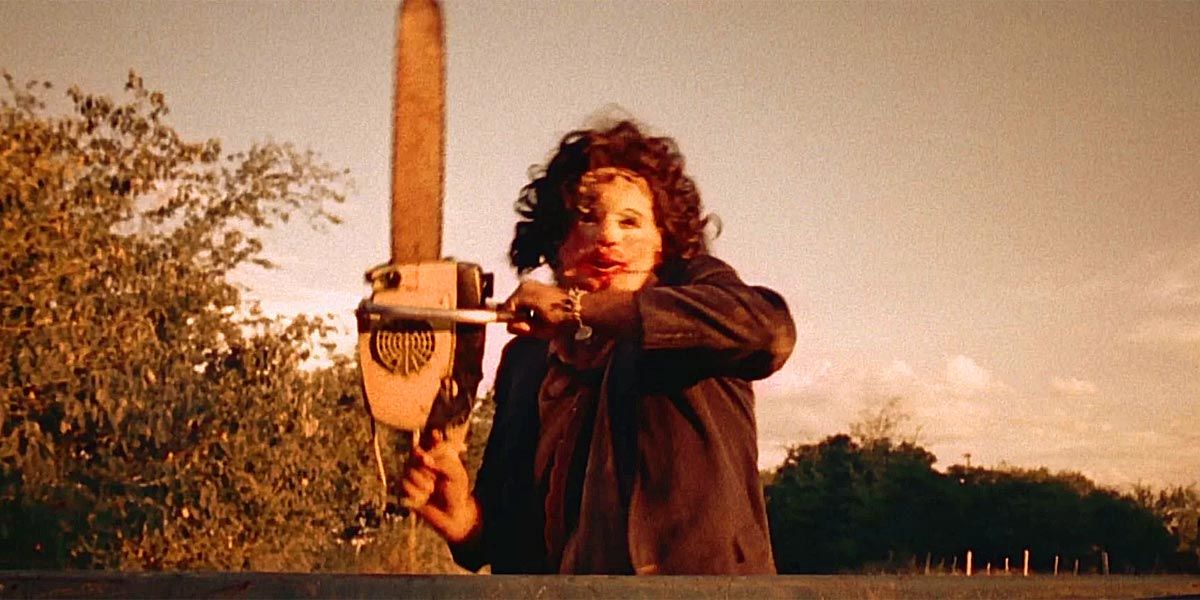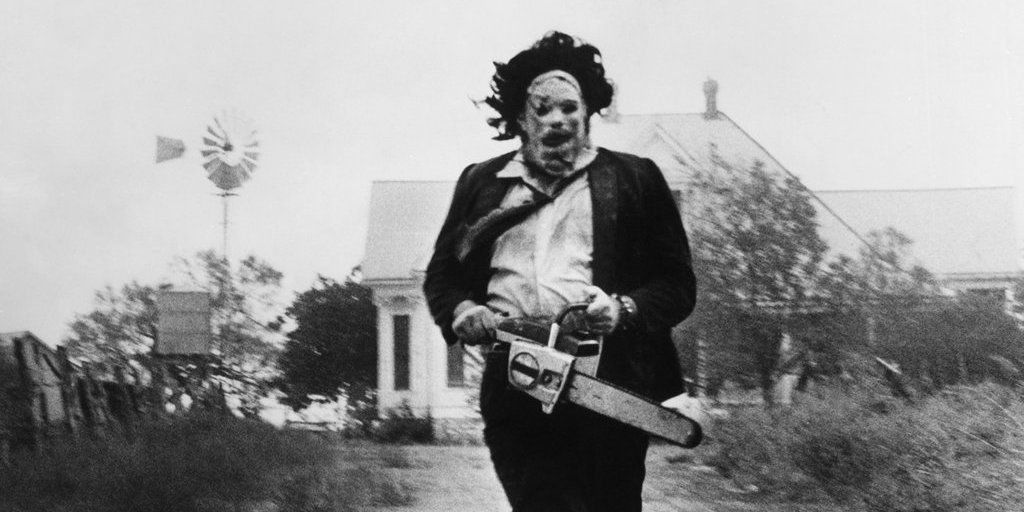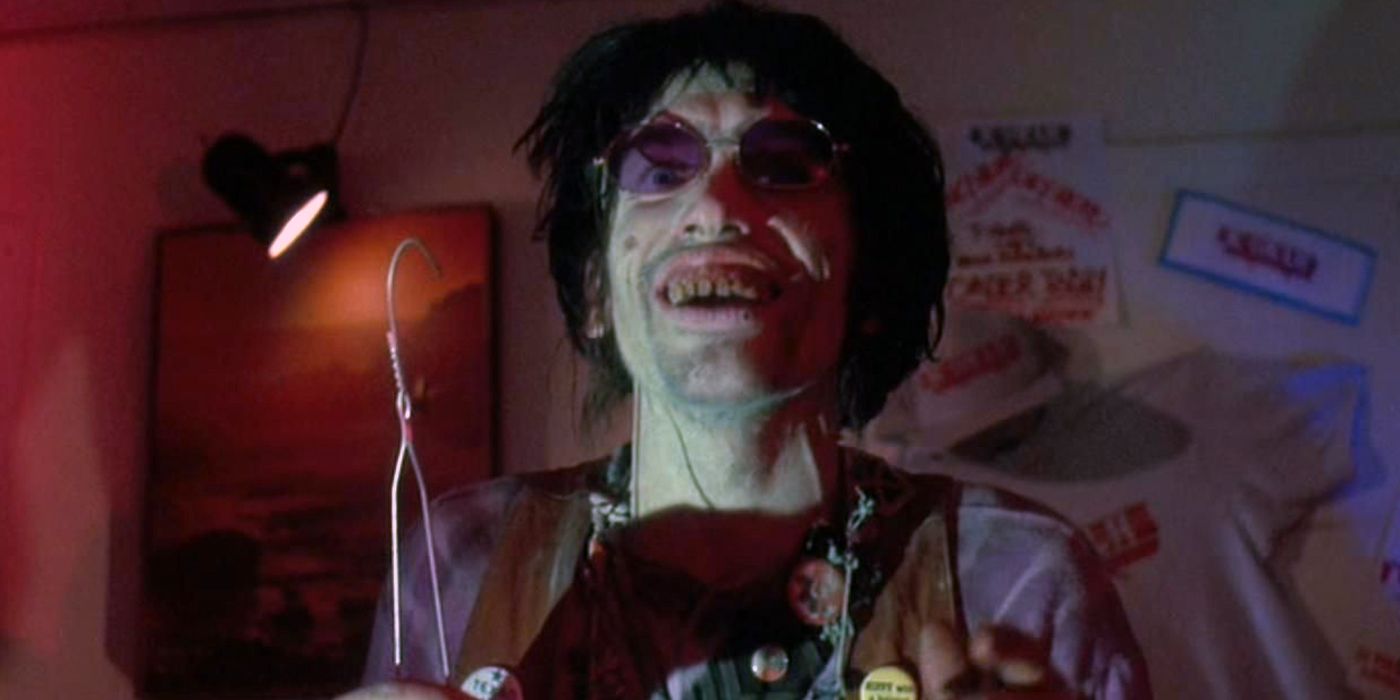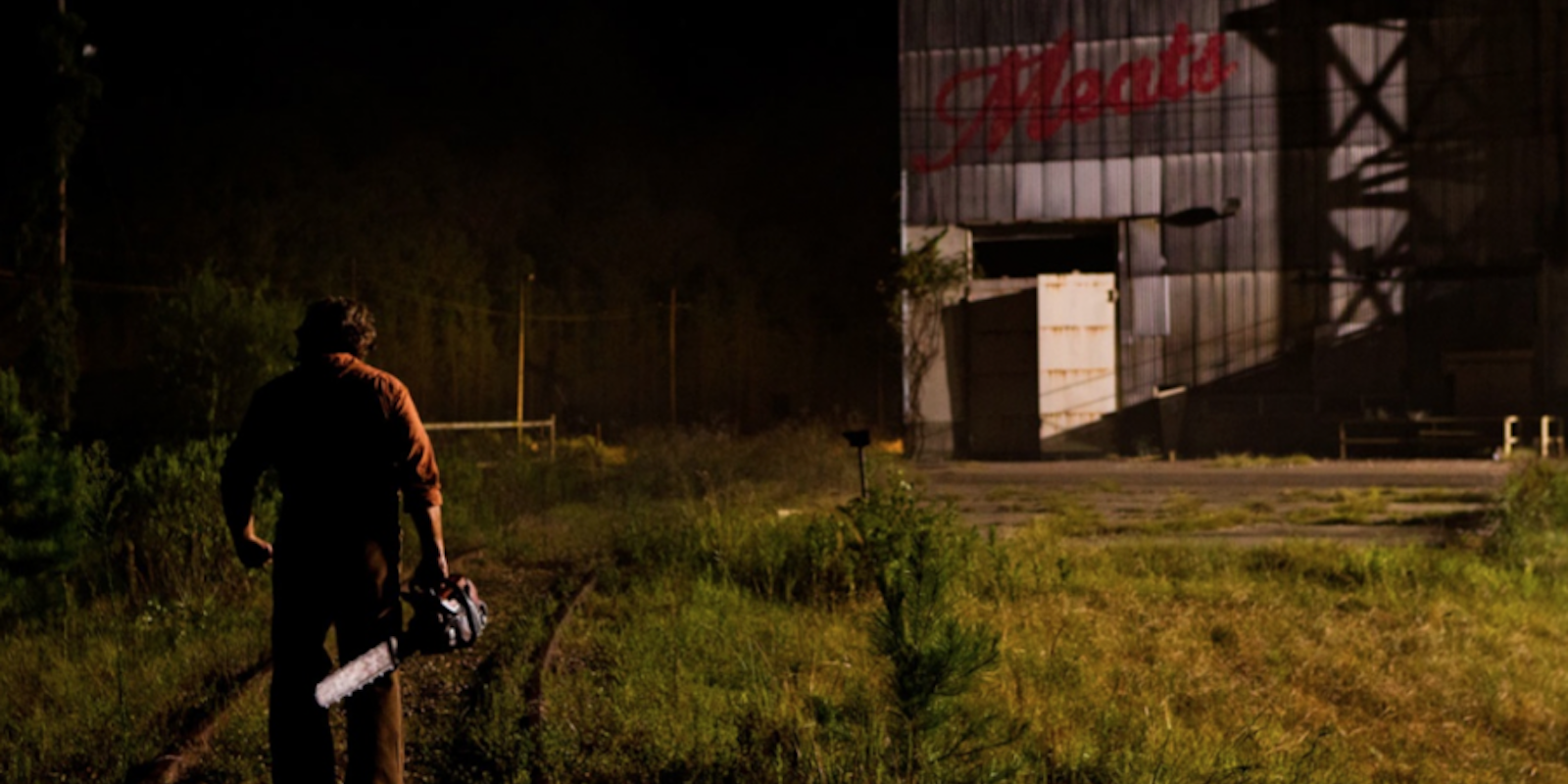Horror fans give some long-term franchises several chances out of the hope that, one day, a horror sequel will come out that recaptures some of their original film's magic. Sometimes, that faith is rewarded. Some sequels are, of course, excellent in their own rights. Nightmare on Elm Street 3, Halloween (2018), Aliens, Hellraiser II, Curse of Chucky, Friday the 13th Part 4...every major long-running horror franchise has at least one film that's arguably just as good if not better than the original.
But one very notable exception is The Texas Chainsaw Massacre franchise. Tobe Hooper's 1974 original film remains one of the greatest horror films of all time. However, each of the sequels sees a continual decline in box office returns, while also receiving increasing criticism from fans and audiences alike. With directors for an eighth sequel announced, the question needs to be asked: should we retire the Texas Chainsaw Massacre franchise?
Lightning in a Bottle
To understand why the franchise has failed to leave an impression, it's vital to understand why the original film, The Texas Chain Saw Massacre, works so well. The film is an atmospheric, uncomfortable watch that feels raw and unrestrained. The world feels like it's rotting around you. Watching it, you ask if the actors are really acting or if they just filmed real cannibals.
This is in part due to how the film was made. Hooper got his start working with The University of Texas in Austin as an assistant director in documentary films. He applied this raw documentary filming style to a script he was writing in response to the increasingly brutal Vietnam War and American media that sensationalized violence. The idea of the chainsaw came to Hooper when he was at the hardware store, crowded in by people and wanting to get out.
The original film was filmed on a budget somewhere between $80-120 thousand. After inflation, that would equal roughly $466-700 thousand today. To make the most of his budget, Hooper filmed for 16 hours a day, seven days a week. In the brutally humid environment, tensions were high. Much of the on-screen blood is real. Several stunts resulted in injuries. The raw, unpolished feel of the original has a lot to do with the actors and crew just trying to finish their movie while slowly going insane. That tension materializes on screen. It's the key to the film's continued success, and it's entirely absent in all the polished sequels to follow.
The Strange Sequels to Texas Chainsaw Massacre
After the original film, The Texas Chain Saw Massacre, Tobe Hooper would wait twelve years before making a sequel. The Texas Chainsaw Massacre 2 divided audiences upon release. Hooper amped up the comedic undertone he believed was present in the original. He also had more money to work with, resulting in a polished film that lacks the original's documentary aesthetic. As a result, the second film is a bombastic goofy trip.
From there, however, the sequels spun off in strange ways. Leatherface: Texas Chainsaw Massacre III tried to return to the original's rawness, only to fail. The film felt overly polished and modern. It failed to capture the unbridled madness of the original film. On the other hand, Texas Chainsaw Massacre: The Next Generation, tried to change the canon too much, featuring a trans Leatherface, an Illuminati cult, and an insane, hollering Matthew McConaughey. The sequels either didn't draw fans in or left them confused.
It also doesn't help that the continuity between these sequels was slim to nonexistent. Every film featured Leatherface, whose look and personality shifted, with a family who never remained consistent from film to film. At the end of The Texas Chainsaw Massacre 2, Leatherface seemingly dies. He returns in the next film with no explanation given. Each film felt disconnected from the last, as opposed to other horror franchises, which build upon the prior films' lore and characters.
So, it wasn't entirely surprising then that general audiences didn't seem particularly interested in the franchise going forward. While The Texas Chain Saw Massacre grossed $30.86 million in its release, the subsequent films did worse. While the budgets did decrease, so did the returns. The second film grossed $8 million against a $4.7 million budget, while the third film grossed $5.76 million against a $2 million budget, and The Next Generation grossed $185.89 thousand against a budget of $600 thousand.
"Have You Tried Turning it On and Off Again?"
The most successful sequel in the Texas Chainsaw Massacre franchise is the Platinum Dunes remake. 2003's The Texas Chainsaw Massacre is the highest-grossing film in the franchise, grossing $107 million worldwide (though, after inflation, this is about what the original film earned). However, when looking at Rotten Tomatoes, the film received a mixed response from audiences and a downright negative one from critics. This is reflected in the box office of the film's prequel, The Texas Chainsaw Massacre: The Beginning, which grossed just $51.7 million -- less than half its predecessor.
After that, the studios decided that the best thing to do was reboot the franchise every few years. Both Texas Chainsaw 3D and Leatherface exist outside either the original continuity or the remake series. While box office data is unavailable for Leatherface, Texas Chainsaw 3D only grossed $47.2 million against a budget of $20 million.
When looking at the franchise's history, very few of the films turned their studios profits. For a film to be profitable, a film needs to earn 2.5 times its production budget. When looking at the films, only the original, third, and the films produced by Platinum Dunes have accomplished this. And they don't fair any better critically. The most recent film, Leatherface, has received near-universal disdain from critics and audiences.
In the last few years, there have been multiple highly successful reboots and relaunches of horror franchises. Child's Play has had success with both Cult of Chucky and its remake. Halloween (2018) far exceeded expectations both critically and financially. Candyman is getting a remake after a long hiatus. Saw is getting Chris Rock's Spiral. There's even talk of a Nightmare on Elm Street reboot. These films inspire excitement from fans, but most members of the horror audience have been burned out by Texas Chainsaw films. None of them recapture the essence of the original. Perhaps it's time we left Texas.




